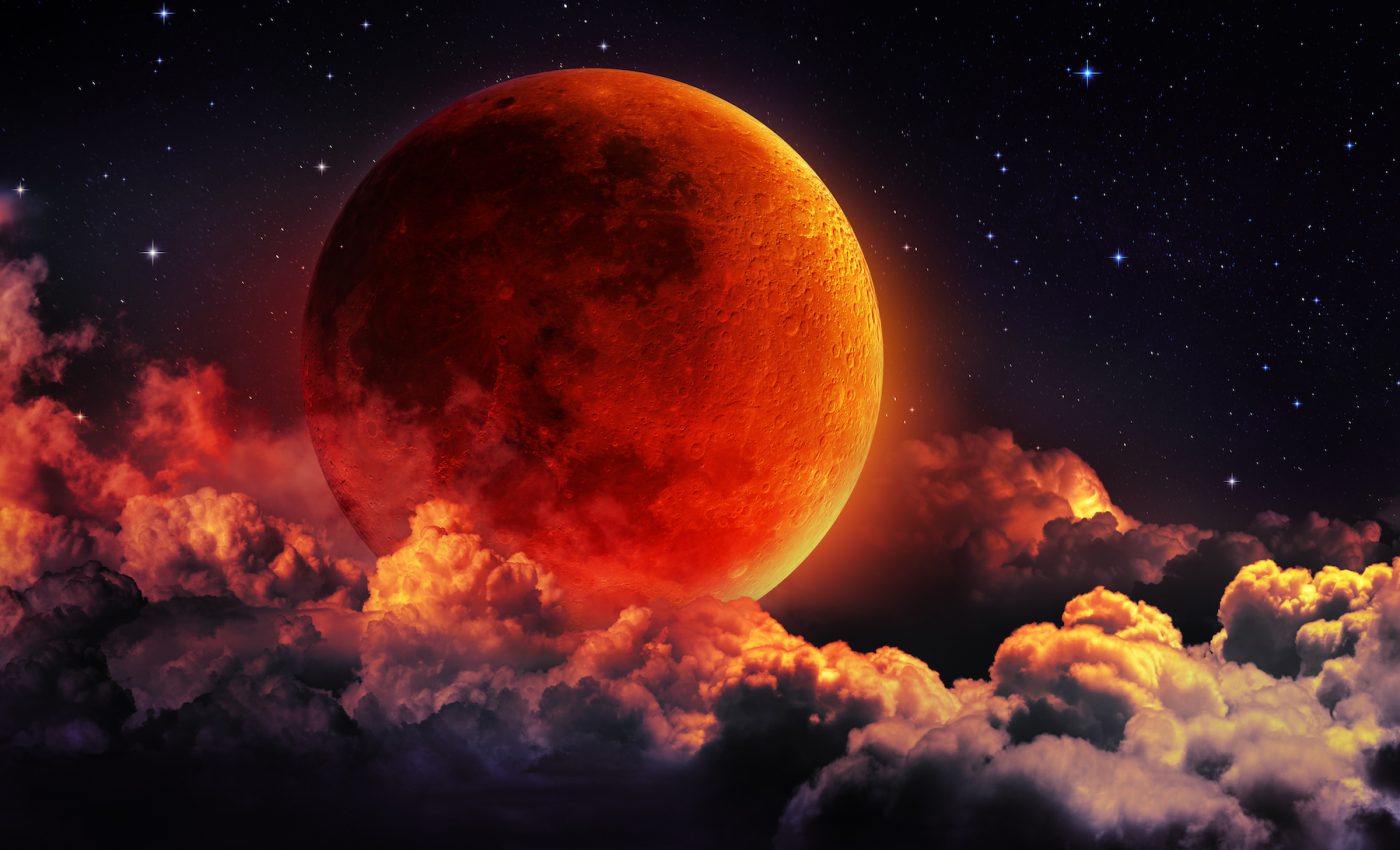
A Super Blood Wolf Moon Eclipse will kick off the new year
2018’s Winter Solstice had both a full moon and a meteor shower, closing out the year with some spectacular astronomical activity.
But not to be outdone, 2019 will start with year with both a supermoon and a lunar eclipse, one of four eclipses expected to occur throughout the year.
On January 21st, lucky stargazers will be privy to a “Super Blood Wolf Moon Eclipse” which will cast the moon in a coppery, red color, which is where the name “blood moon” comes from.
The first full moon of the new year is referred to as a wolf moon, according to CNN, which is why January’s hodgepodge supermoon eclipse event is being called a Super Blood Wolf Moon.
A total lunar eclipse is only possible when the moon is full, according to Earthsky, and a supermoon describes the point when the moon is closest to Earth.
When the moon passes through the Earth’s shadow, which is called the Umbra, the moon begins to get darker, and when the Earth’s shadow surrounds the moon, it appears red.
Because of the alignment of the sun, moon, and Earth, the sunlight that bounces off the Earth’s atmosphere refracts and reaches the moon’s surface, and the longer wavelengths of red and orange encase the moon in a pale reddish tinge. The whole eclipse from start to finish will last around three and a half hours.
January, February, and March will all have supermoons, and February’s supermoon will the biggest and fullest of them all.
Other major 2019 astronomy events will include a total solar eclipse which will be visible in South America and parts of South Asia and the rare sighting of Mercury as it passes between the Earth and Sun.
—
By Kay Vandette, Earth.com Staff Writer













